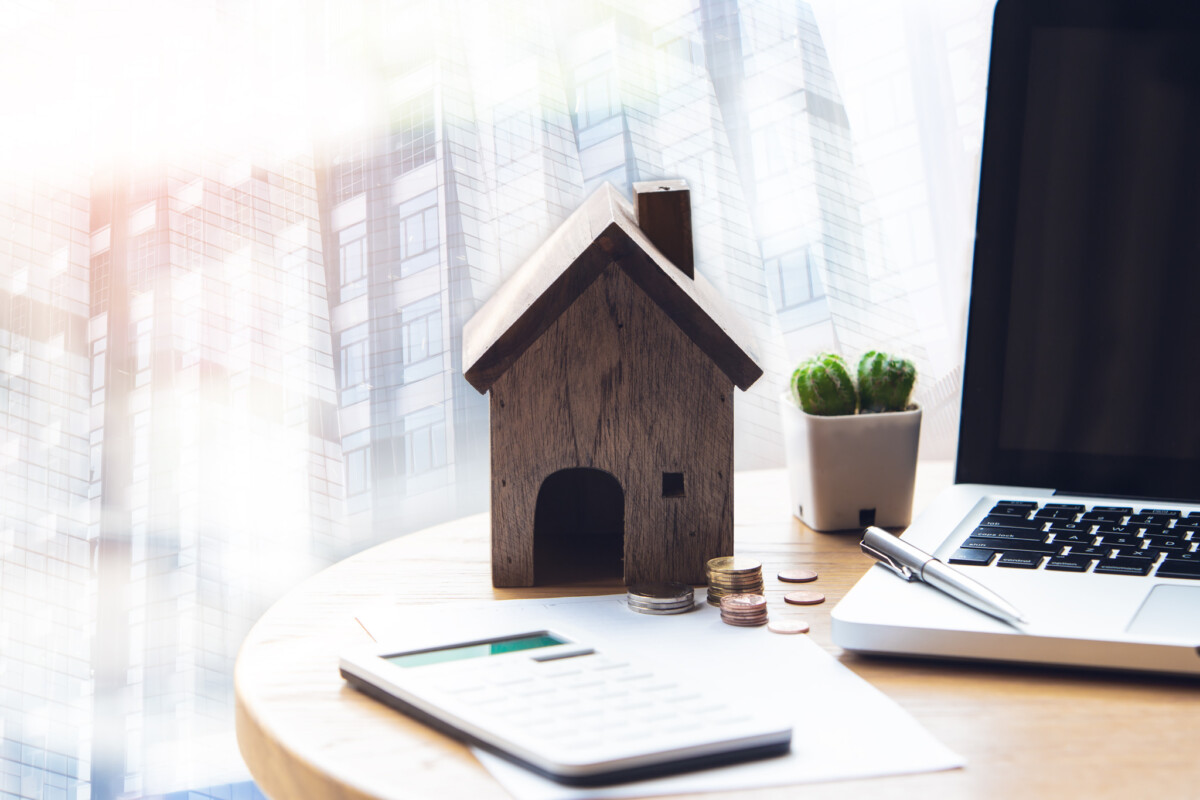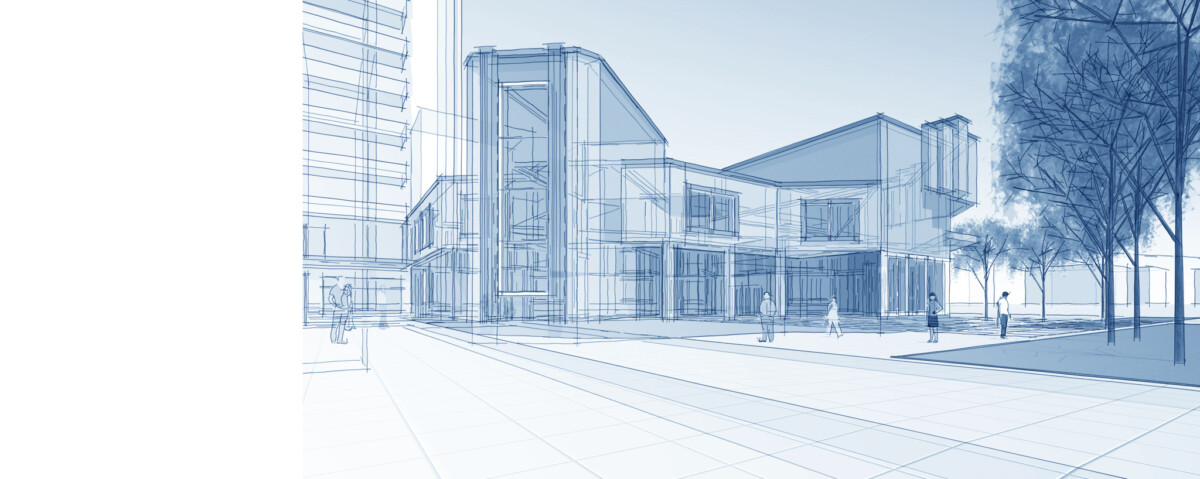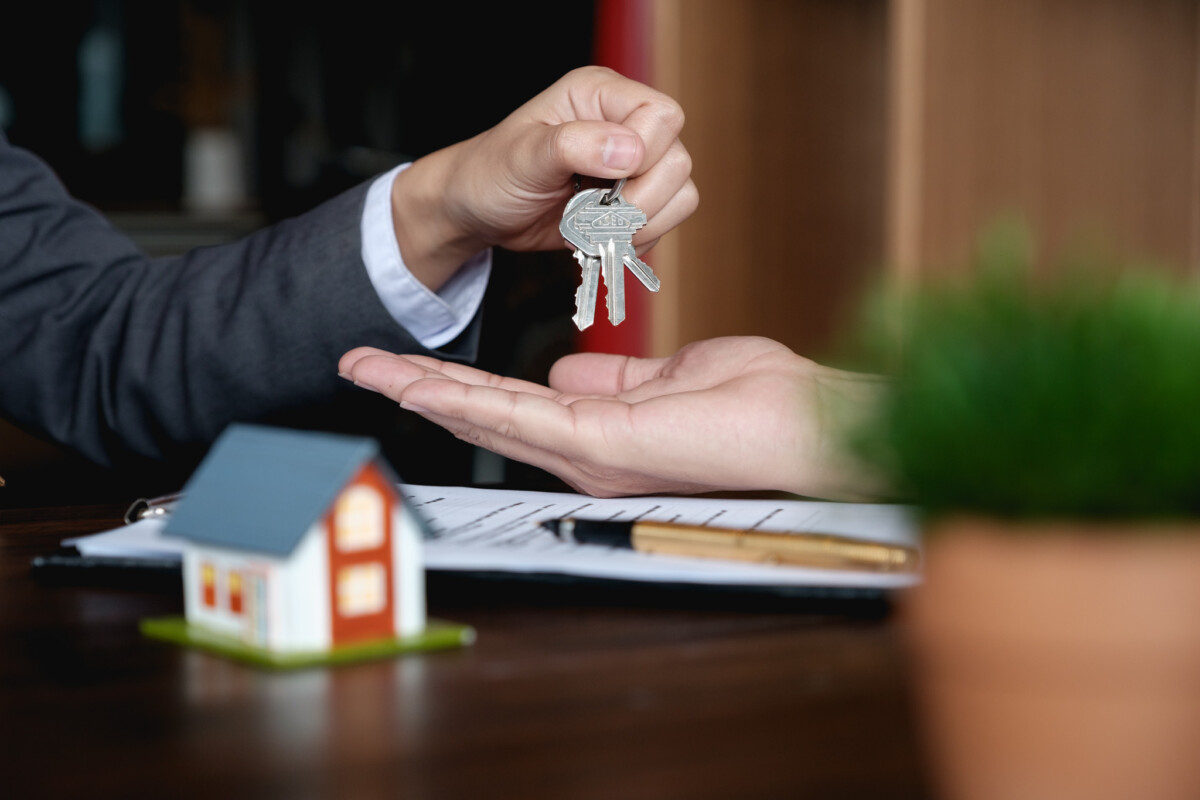Energy efficiency isn’t just a trendy buzzword—it’s a wise financial decision. With rising energy costs and growing environmental concerns, making your home or business more energy-efficient is both economically and ecologically beneficial. Many energy-efficient upgrades eventually pay themselves through reduced utility bills, tax incentives, and increased property value. This article will explore top upgrades offering excellent return on investment and long-term savings.
1. LED Lighting
Swapping out traditional incandescent or CFL bulbs for LED lighting is one of the easiest and most cost-effective upgrades you can make. LED bulbs use at least 75% less energy and last up to 25 times longer than incandescent lighting. While LEDs have a slightly higher upfront cost, that expense is quickly offset by lower electricity bills and reduced replacement frequency.
Payback Period:
Typically within 6 months to 2 years, depending on usage and local energy rates.
Bonus:
Dimming features and bright LED bulbs can further increase savings and convenience.
2. Programmable or Smart Thermostats
Heating and cooling account for nearly 50% of a home’s energy use, making HVAC systems a prime target for efficiency improvements. Installing a programmable or smart thermostat allows you to schedule heating and cooling based on occupancy and time of day. Smart thermostats like Nest or Ecobee can automatically learn your habits and optimize settings.
Payback Period:
1 to 2 years, with savings of up to 10-15% annually on heating and cooling costs.
Bonus:
Some utility companies offer rebates for installing smart thermostats, reducing costs.
3. Energy-Efficient Windows
Old or poorly insulated windows can lead to significant heat loss in winter and heat gain in summer. Upgrading to Energy Star-rated windows with double or triple panes and low-emissivity (Low-E) coatings can dramatically reduce energy consumption while improving indoor comfort.
Payback Period:
Typically, it is 5 to 10 years, depending on the size of your home and local climate.
Bonus:
You’ll also enjoy better noise insulation and enhanced UV protection for furniture and flooring.
4. Insulation and Air Sealing
A well-insulated and properly sealed home maintains a consistent indoor temperature, reducing the load on your heating and cooling systems. Adding insulation to the attic, walls, and floors and sealing gaps around doors, windows, and ductwork can lower energy bills by 10-20%.
Payback Period:
It is as little as 1 to 3 years old, especially in older homes with insufficient insulation.
Bonus:
Improved indoor air quality and increased home comfort.
5. High-Efficiency HVAC Systems
If your HVAC system is over 10-15 years old, it may be time for an upgrade. Modern high-efficiency furnaces, air conditioners, and heat pumps use less energy than older models. Look for units with a high Seasonal Energy Efficiency Ratio (SEER) or Annual Fuel Utilization Efficiency (AFUE).
Payback Period:
5 to 10 years, often shorter, with available tax credits or rebates.
Bonus:
New systems often come with advanced features like variable-speed motors and intelligent integration.
6. Tankless Water Heaters
Traditional water heaters keep water hot 24/7, wasting energy even when not in use. Tankless or on-demand water heaters heat water only when needed, reducing energy usage by 20-30%.
Payback Period:
6 to 10 years, depending on water usage and energy rates.
Bonus:
Tankless heaters last longer (about 20 years) and take up less space.
7. Solar Panels
Installing solar photovoltaic (PV) panels can significantly reduce or even eliminate your electric bill. While the upfront cost can be steep, tax credits, local incentives, and net metering programs can dramatically shorten the payback period.
Payback Period:
5 to 8 years, depending on system size, sunlight exposure, and local incentives.
Bonus:
Solar panels can increase property value and hedge against rising energy prices.
8. Energy-Efficient Appliances
Modern appliances are engineered for energy savings. Upgrading to Energy Star-certified refrigerators, dishwashers, washing machines, and dryers can save hundreds of dollars annually. For example, Energy Star washers use about 25% less energy and 33% less water than standard models.
Payback Period:
2 to 5 years, depending on the appliance and usage.
Bonus:
Enhanced performance, quiet operation, and modern features.
9. Solar Water Heaters
Unlike traditional water heaters, which rely entirely on electricity or gas, solar water heaters use the sun’s energy to heat water, reducing utility costs substantially. They’re especially effective in sunny climates.
Payback Period:
5 to 10 years, depending on installation costs and energy savings.
Bonus:
Solar water heaters may qualify for renewable energy tax credits and rebates.
10. Energy Monitoring Systems
An energy monitoring system is an often overlooked but highly effective upgrade. Devices like Sense or Emporia let you track your electricity usage in real-time, helping you identify energy hogs and adjust usage habits.
Payback Period:
1 to 3 years, depending on the changes you implement based on insights.
Bonus:
Some systems integrate with smart homes and offer automation options for further savings.
Long-Term Benefits and Final Thoughts
Energy-efficient upgrades are more than just cost-cutting measures—they are investments in your property’s long-term sustainability, comfort, and value. Over time, these upgrades can save thousands of dollars on energy bills, improve the resale value of your home, and contribute to a greener planet.
Prioritizing upgrades based on your budget and your property’s specific needs is key. Start small with LED lighting and a programmable thermostat and work up to more substantial improvements like insulation, solar panels, or an HVAC overhaul. Take advantage of rebates, tax incentives, and financing programs to make these projects more affordable.
By taking a strategic approach to energy efficiency, you’ll save money and build a brighter, more sustainable future.
Thank you for reading! If you enjoyed this article and want to explore more content on similar topics, check out our other blogs at Sonic Loans, Sonic Realty, and Sonic Title. We have a wealth of information designed to help you navigate the world of real estate and finance. Happy reading!
Are you looking for the right loan? Check out Sonic Loans for tailored mortgage solutions that make home financing simple and efficient.
How to Improve Your Credit Score Before Applying for a Mortgage
FHA vs. Conventional Loans: What’s Best for First-Time Buyers?
Digital Property Management Solutions: The Future of Real Estate Efficiency
Virtual Reality in Property Marketing: The Future of Real Estate
PropTech Trends Shaping Real Estate
AI in Real Estate: Current Applications
Blockchain in Real Estate: Future Applications
Smart Home Features Worth Installing
Allen Park vs. Garden City: Where to Invest in 2025










